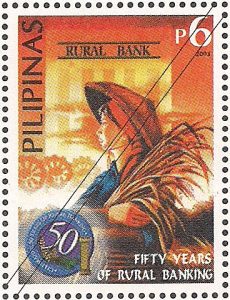Trivia about the Rural Banks in the Philippines
The establishment of rural banks in the Philippines traces its beginnings with the enactment of Republic Act 720 in June 1952. The Act envisioned the rural banks “to promote and expand the rural economy in an orderly and effective manner by providing the people of the rural communities with the means of facilitating and improving their productive activities and to encourage cooperatives. “
The enactment was done at the time when the country was reeling from the devastation of the Second World War and the rural areas, home to of the population then, were truly underdeveloped. The rural banks, under the rules, regulation and supervision of the Central Bank of the Philippines, continuously provide credit and other banking services to farmers, fisherfolks and rural businesspeople to improve the quality of life in the countryside.
The vision of improving the quality of life in the countryside rallied men and women with noble interests. From a diminutive number of 18 rural banks operating in 1953, it has grown to a total of 1,911 banking units spread out allover the country. At present, the combined resources of the rural and cooperative banking system amount to P76:6 billion with rural banks dominating the industry with a combined share of 93.5 percent. Statistically, rural bank transactions represent only of the total banking system, but in terms of service to people, rural banks serve of the total banking clients. And as poverty resides in the countryside, rural banks essentially matter in the lives of the poor.
Today in celebration of the 50th anniversary of rural banking, the rural banks, united under the Rural Bankers’ Association of the Philippines are reiterating their commitment as intermediaries of change in the countryside to help build local economies.

Recent Comments